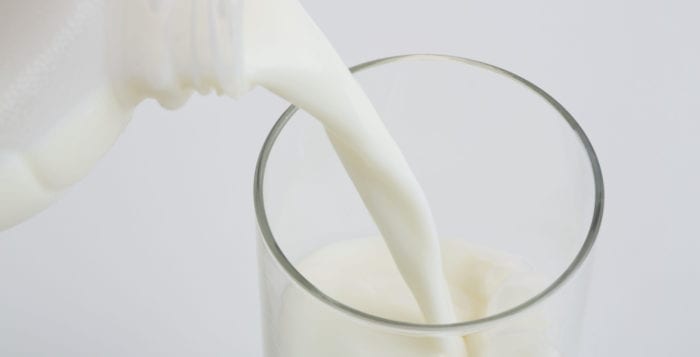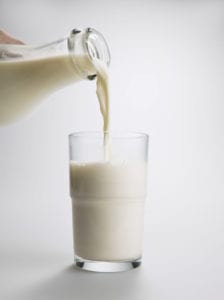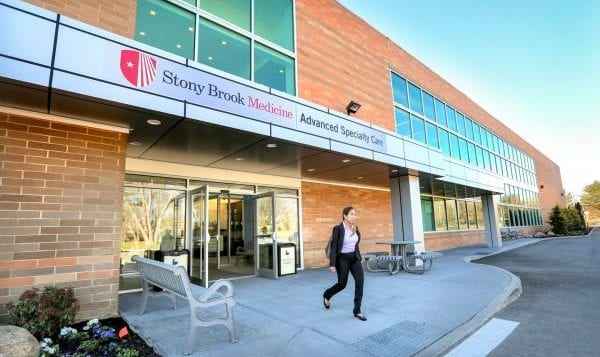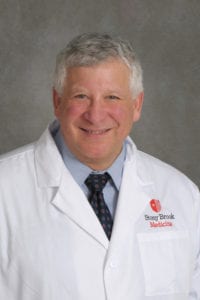By Ellen Barcel
“You rarely see a show of all abstract art,” said artist Peter Galasso, of the Art League of Long Island’s new show, Long Island Abstraction: 2 Generations, on view at the league’s Jeanie Tengelsen Gallery now through April 15.

Four artists, Stan Brodsky, Laura Powers-Swiggett, Frank Wimberley and Galasso have filled the gallery with approximately 50 of their abstract works. What else unites these four artists? They are all award-winning artists with strong ties to Long Island. Two, Galasso and Powers-Swiggett were influenced by their mentor, Brodsky. The fourth, Wimberley was added to the exhibit by Galasso.
“I’ve been showing for 25 years. I met Frank [Wimberley] about 10 years ago at a gallery show. I admired his work,” said Galassao in a recent interview. The two became friends and Galasso suggested his work for an exhibit held at the Art League about two years ago. When the concept for the current exhibit was broached, “I told him of my idea of two generations of abstract artists from Long Island …” The idea was very specific. “He could see how this would work.”
Where did the two generations come from? Both Brodsky and Wimberley are in their 90s, the senior members of the foursome. Powers-Swiggett and Galasso, the younger members, were both students of Brodsky. Brodsky was not only a mentor to these two, but many, many others as professor of art at C.W. Post College for over 30 years. In his artist’s statement, Brodsky noted, “I’ve been an exhibiting artist in New York City for more than 50 years — and my passion for painting is a strong now as ever.”

Galasso described Wimberley’s work saying, “I admire his work — movement and color. He uses a lot of acrylic medium, a very thick mixture. It moves spontaneously across the canvas.”
Susan Peragallo, gallery coordinator, said that abstract art is nonrepresentational and “about expressing an idea or emotion using color, line and form.” But what inspires each of these four artists? In his artist’s statement Brodsky noted, “I have traveled extensively absorbing the colors and textures of new landscapes,” and Powers-Swiggett’s paintings are landscape-based abstractions exploring spatial and color relationships. Galasso’s works have been described as “an exploration of feeling, memory and a unique vision …”
Abstract art can be very freeing for both the artist and the viewer. The realist must represent the scene accurately, but the abstract artist uses a scene as inspiration. Said Wimberley in his artist statement, “The abstract painter can commence his drawing or canvas generally with only a preconceived notion, reflection or emotion … he has far less guarantees than perhaps the realist painter or photographer that the finished expression with extended from calculated reason or logic. This for me provides the excitement of taking the theme or feeling from the very first stroke, and following it to its own particular conclusion. It is very much like creating the controlled accident.”

While each of the four artists decided which of their works were to be shown, it was Peragallo who decided which paintings would be hung together, making them, “flow together. That was my job. It was sort of like putting a puzzle together. You want the works to speak to each other but one shouldn’t overpower the other. They should gradually draw the viewer into the show.” “It’s a wonderful show, really beautiful,” said Peragallo. “People who don’t normally like abstract art come in and say ‘Wow.’ It’s a happy show, so colorful and uplifting,” she added.
Long Island Abstraction: 2 Generations will be on view at The Jeanie Tengelsen Gallery of the Art League of Long Island, 107 East Deer Park Road, Dix Hills through April 15. The gallery is open Monday through Thursday from 9 a.m. to 9 p.m., Friday from 9 a.m. to 4 p.m. and weekends from 11 a.m. to 4 p.m. Admission is free. For further information, call 631-462-5400 or go to www.artleagueli.org.


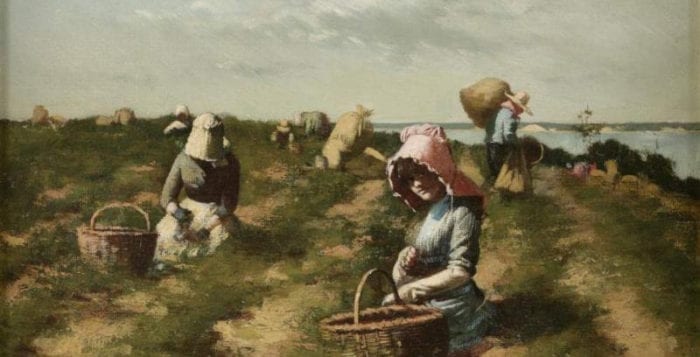





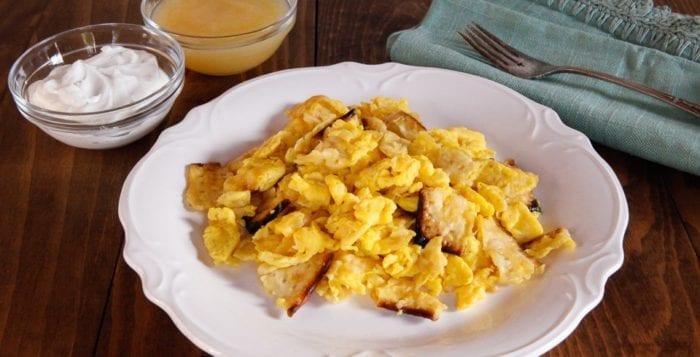



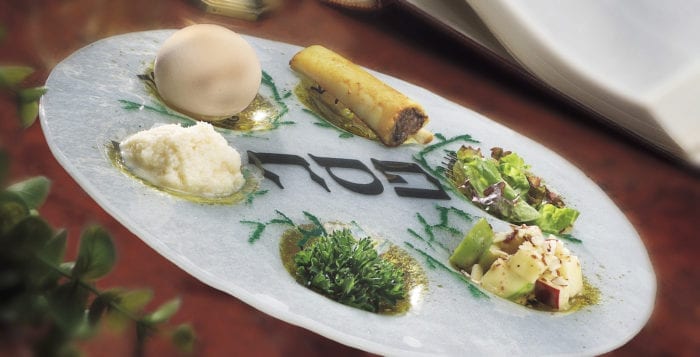
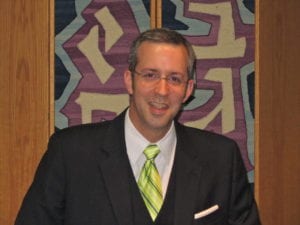
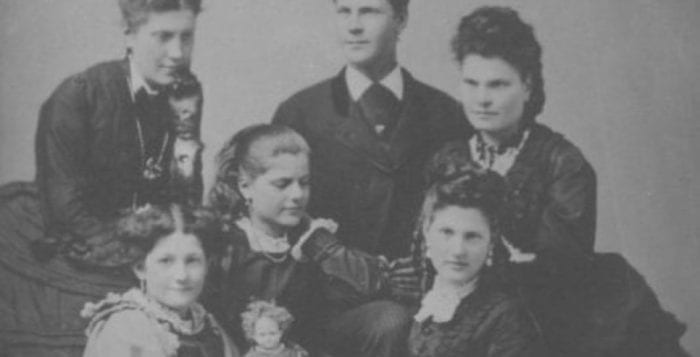
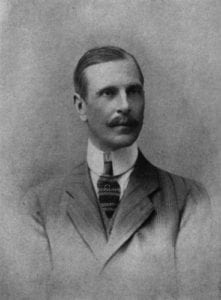

 The Smithtown Animal Shelter, 410 E. Main St., Smithtown, will offer Easter photos of your pets on Sunday, April 9 from noon to 3 p.m. Come on down and have a photo taken of your pet and enjoy a family fun Easter egg hunt with lots of prizes! $10 donation requested for a framed color photo. All funds raised will go to the Star Foundation, a non-profit volunteer organization based in Middle Island that is dedicated to the welfare of domestic and wild animals. For further details, call 631-360-7575.
The Smithtown Animal Shelter, 410 E. Main St., Smithtown, will offer Easter photos of your pets on Sunday, April 9 from noon to 3 p.m. Come on down and have a photo taken of your pet and enjoy a family fun Easter egg hunt with lots of prizes! $10 donation requested for a framed color photo. All funds raised will go to the Star Foundation, a non-profit volunteer organization based in Middle Island that is dedicated to the welfare of domestic and wild animals. For further details, call 631-360-7575.